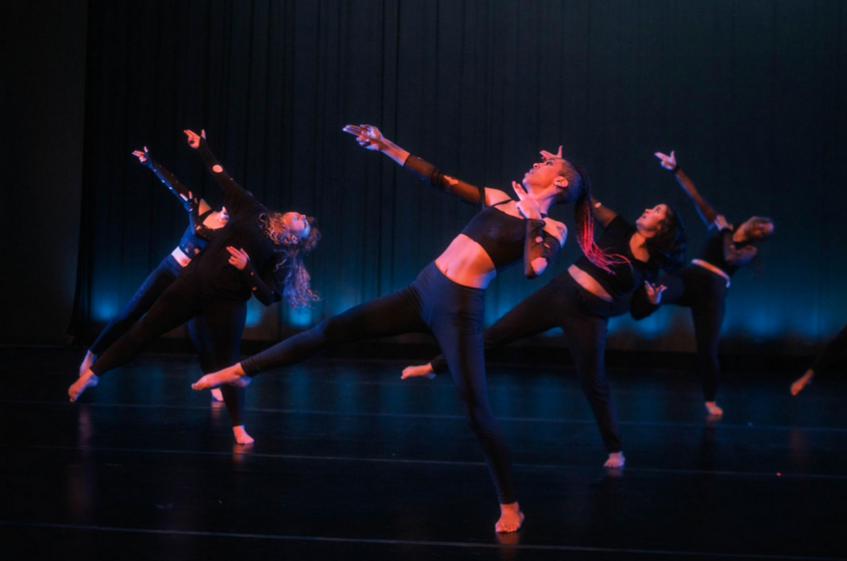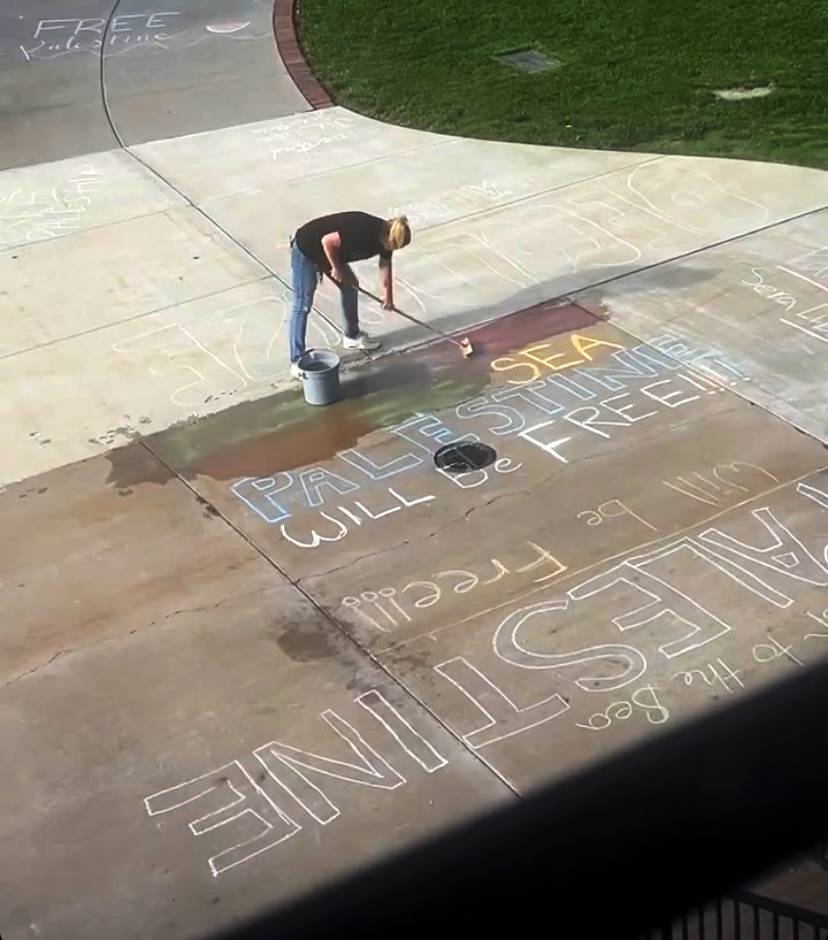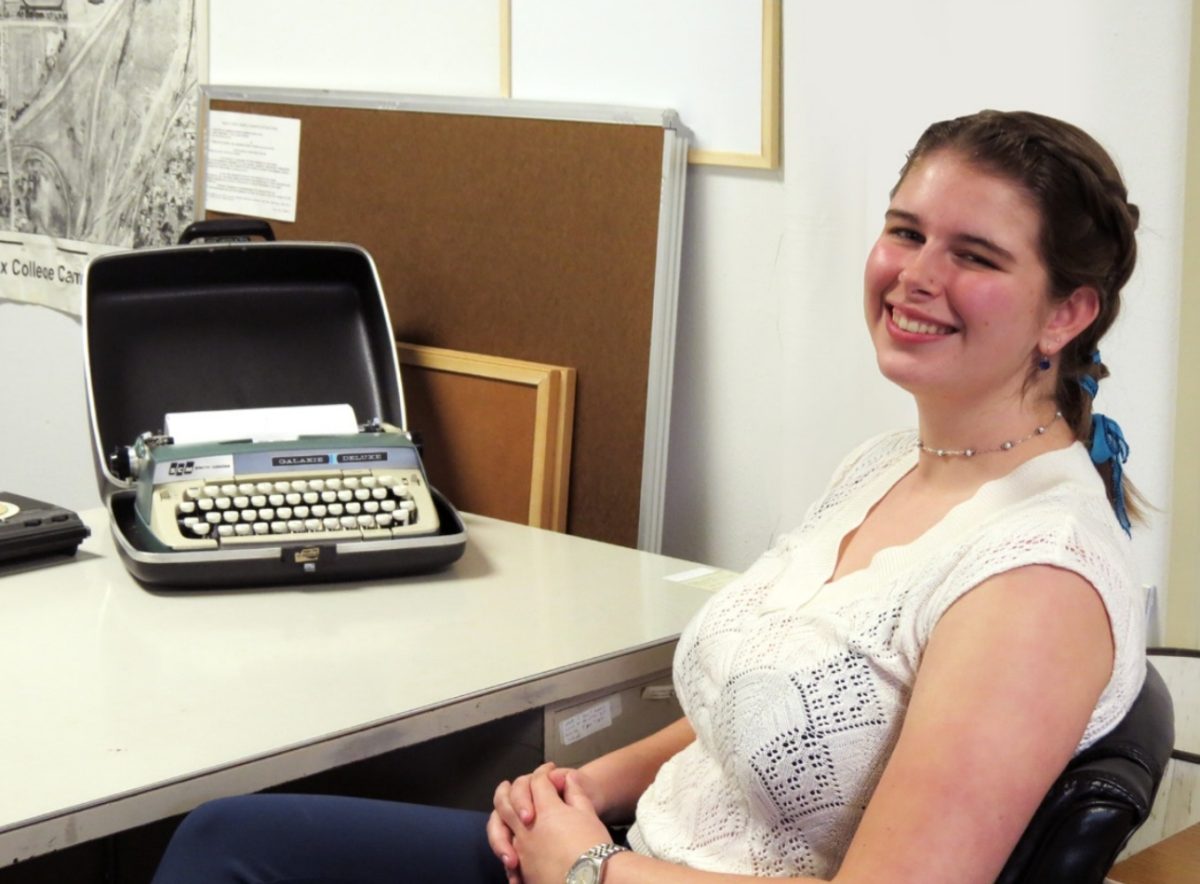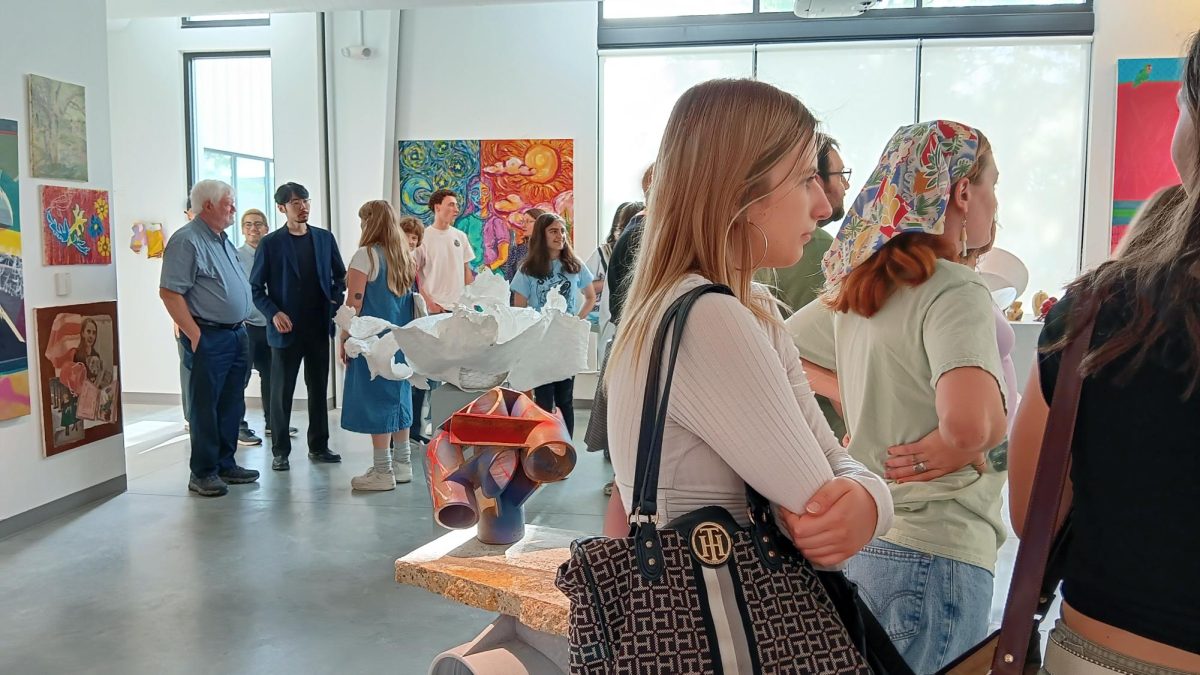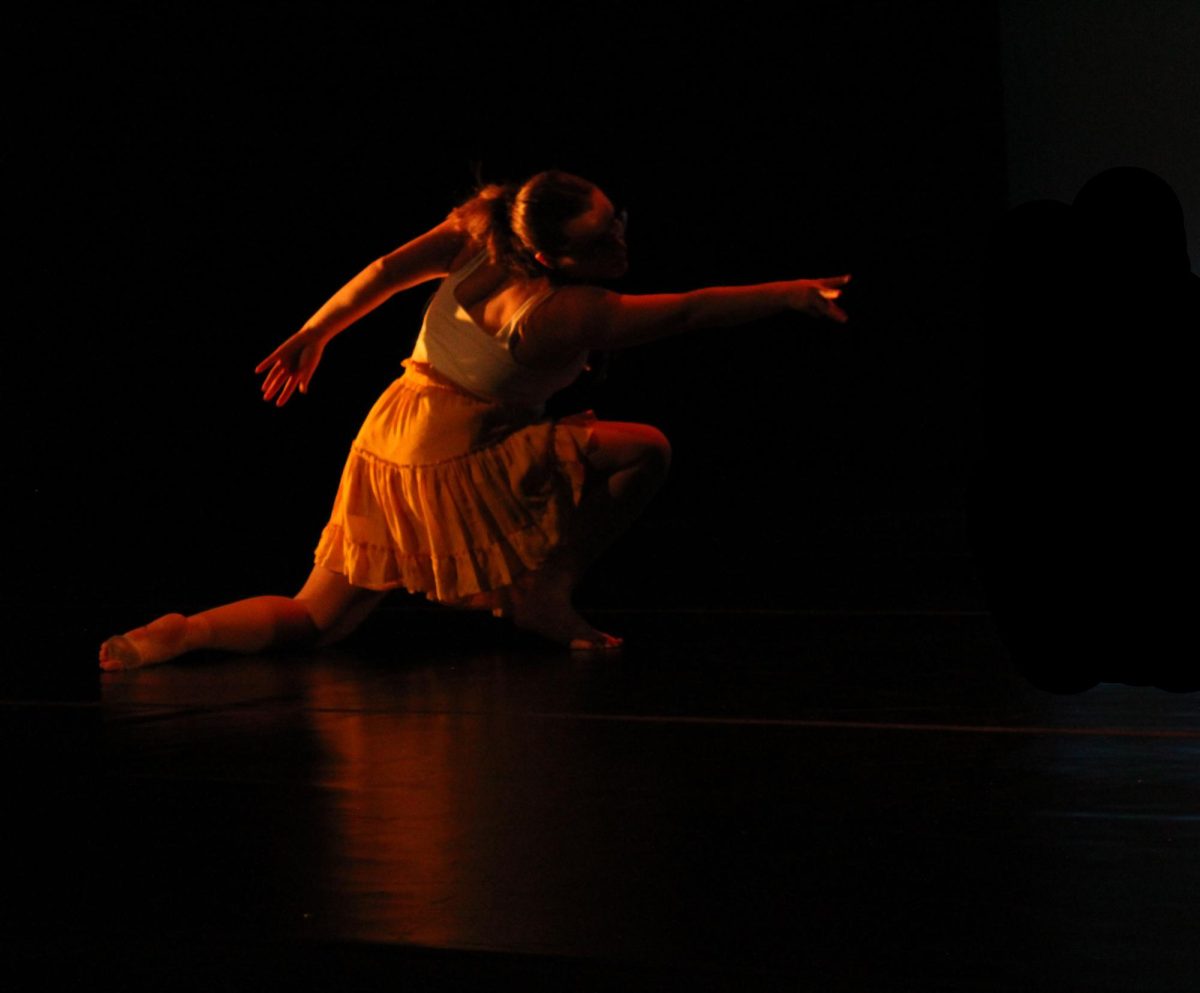Winter term, a play about family, autism, and a dead dog was staged in Harbach Theatre. The Curious Incident of the Dog in the Nighttime, a play by Simon Stephens based on the novel by Mark Haddon, ran from Feb. 23 to 25 with four performances. Chair of the Theatre Department Professor Liz Carlin Metz directed.
“15 year old Christopher Boone, who is a mathematical genius, but finds people very, very confusing, discovers his neighbor’s dog murdered and sets out on an incredible journey to solve the mystery. Along the way, this neuroatypical young man figures out how to navigate the world beyond his street, makes some friends, discovers the secret of his mother’s disappearance, and comes to terms with his relationship with his dad,” advertised the Knox Theatre department website.
The play had an opening night audience of 62 people, 20 of whom stayed after bows for a talkback with the cast and crew. This talkback gave the audience a chance to ask questions about the production, and allowed the cast and crew to express some of their own thoughts on the process.
“It’s been a lot. My opinions of this show have fluctuated, for sure. But I’m glad that after all this research, I can really love what we created here together,” said junior Rowan Collins. They played one of the ensemble members. Over the course of the term, they also engaged in an independent study centered around autism in theatre, which influenced their experience with Curious Incident.
As part of their research, they read the novel that the play was based off of.
“I like [the novel] much less than the play,” said Collins. “One of the biggest differences is that everyone’s a lot meaner in the book. The parts of them that are more cruel are allowed to slip by a little more. This adaptation doesn’t sacrifice that emotional high, but the characters are allowed to have the push and pull of cruelty and kindness instead of a barrage of cruelty followed by a barrage of cruelty. As an actor, it’s more interesting to explore.”
The character of Christopher was played by sophomore Zion Clarke. This role has been a dream role for Clarke for years. At times, Clarke was able to understand Christopher’s story through his own life, but he knew it was important to strike a balance.
“Christopher goes through a lot in this play. It’s hard to keep myself from infusing my story into Christopher’s,” Clarke said.
Metz, who moderated the talkback, prompted her cast and crew to specifically discuss some of the challenges with the production.
A large challenge was the technical requirements of the production. The character of Christopher undergoes many moments of sensory overload, and the technical team worked to find a way to translate that sensory overload to the audience.
“How do we bring the audience in so they feel almost like they’re inside this different mind and the moments of anxiety without actually causing legitimate problems for actors?” said fifth-year Tristan Blus.
As the lighting designer and co-videographer for the production, Blus worked alongside the scenic designer and co-videographer, Associate Professor of Theatre Craig Choma, and the sound designer, Steppenwolf Audio Engineer Gregor Mortis. Together, they created unique moments of sensory overload. The set was optimized for projections. At times, lights known as ‘blinders’ were pointed directly at the audience. The sound of ringing, heartbeats, and other overlapping noises accompanied this visual stimulation.
In the end, the show had 293 lightning cues, 113 projection cues, and approximately 150 sound cues.
“The synchronization of those technical elements couldn’t be more important. The video and the lights and the sound all fire at the same time to give you that sensory overload and create that moment. It’s precision in the programming, but then it’s precision in the call,” said Choma.
Sophomore Kamana’okekai Lattig worked as the production’s stage manager, and was responsible for calling all of these cues. They worked alongside three board operators to ensure that each moment of sensory overload was timed perfectly with the actors onstage.
“It’s a technically brilliant show with everything that is involved. It’s a lot to approach as a technician. I feel a special kind of honor to stage manage for this show because of how much has been put into this by each individual person who has worked on this,” said Lattig
During the tech process, in which the technical elements of the production are added to the performance, scenes would have to be run multiple times in a row. These moments of sensory overload sometimes became too effective for the actors on stage. Metz established breaks throughout rehearsal and encouraged people to speak up if they felt as if they were becoming too overwhelmed.
The atmosphere of this talkback was thick with pride for the immense undertaking the cast and crew had accomplished. They went on to have three more successful performances, with a closing night audience of 119 people.


